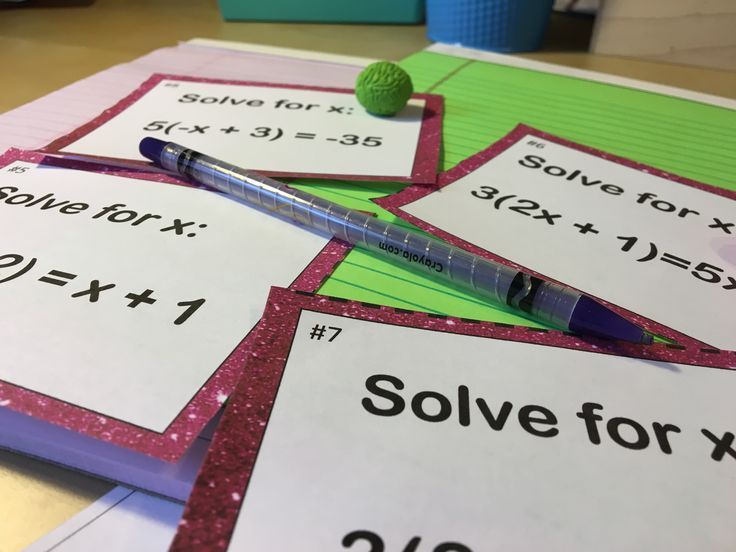
CourseworkGamified LearningITI690 Inspired Teaching InquiryMathematics EducationNational UniversityProject-Based Learning
Gamified Project-Based Learning: Literature Review First Draft
For this assignment, we were asked...

CourseworkGamified LearningITI690 Inspired Teaching InquiryMathematics EducationNational UniversityProject-Based Learning
Annotated Bibliography: Gamified Project-Based Learning (GPBL) – Week 3
In this assignment, which had three...

CourseworkInterdisciplinary LearningITL528 Single Subject Integrated Design IILesson Planning and DesignMathematics EducationNational University
Week-Long Lesson Map
In Week One, we focused on...


ALgebra ICourseworkEducational AssessmentITL526 Single Subject Integrated Design IMathematics EducationNational University
Assessing for Mastery of a Standard
In our discussion this week, we...

CourseworkCurriculum DevelopmentDiversity, Equity, and Inclusion (DEI) in EducationITL526 Single Subject Integrated Design IMathematics EducationNational University
Getting to Know Your Standards
“To create a curriculum that supports...

Assessment and RubricsCourseworkITL522 Content Area LiteracyMathematics EducationNational UniversityTeaching Strategies
Enhancing Writing in Mathematics

CourseworkITL522 Content Area LiteracyLiteracy and ComprehensionMathematics EducationNational UniversityTeaching Strategies
Informational Text in Mathematics
Utilizing challenging pieces of text in...

CourseworkEducational MethodsITL520 Academic Language & LiteracyLiteracy in Content AreasMathematics EducationNational UniversityPassionate Teaching Journey Blog
Formative Assessment and Content Literacy in Mathematics: Engaging with Multi-Step Equations
Formative assessments are a great way...

Assessment StrategiesCourseworkInclusive Teaching PracticesITL520 Academic Language & LiteracyMathematics EducationNational University
Innovative Assessment Practices in High School Algebra
“If an assessment asks students to...

CourseworkEducational StrategiesITL520 Academic Language & LiteracyMathematics EducationNational UniversityStudent Challenges
Learning Map Stage 1: Multi-Step Inequalities
Designing instructional experiences for students that...
